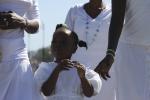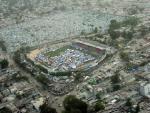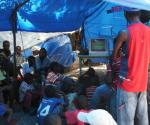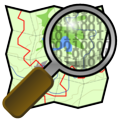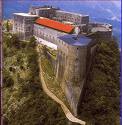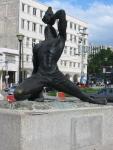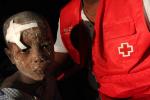Haiti Education and Leadership Program (HELP) Update
 Since 1988, the Haitian Education and Leadership Program (HELP) has provided scholarships to high performing students throughout Haiti based solely on merit. HELP is still going strong and recently upgraded its website with support from the Mastercard Foundation. It may well be that the only activity that counts as "sustainable development" is education. Knowledge and skills can’t be taken away. In a country where over 40% of the population is under the age of fourteen, education empowers individuals to improve themselves, their communities, and their country. More information about HELP follows.
Since 1988, the Haitian Education and Leadership Program (HELP) has provided scholarships to high performing students throughout Haiti based solely on merit. HELP is still going strong and recently upgraded its website with support from the Mastercard Foundation. It may well be that the only activity that counts as "sustainable development" is education. Knowledge and skills can’t be taken away. In a country where over 40% of the population is under the age of fourteen, education empowers individuals to improve themselves, their communities, and their country. More information about HELP follows.
